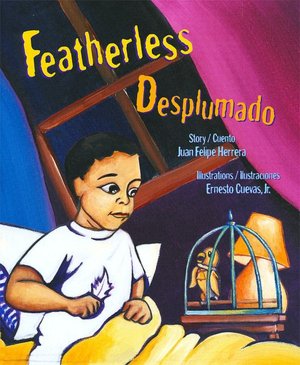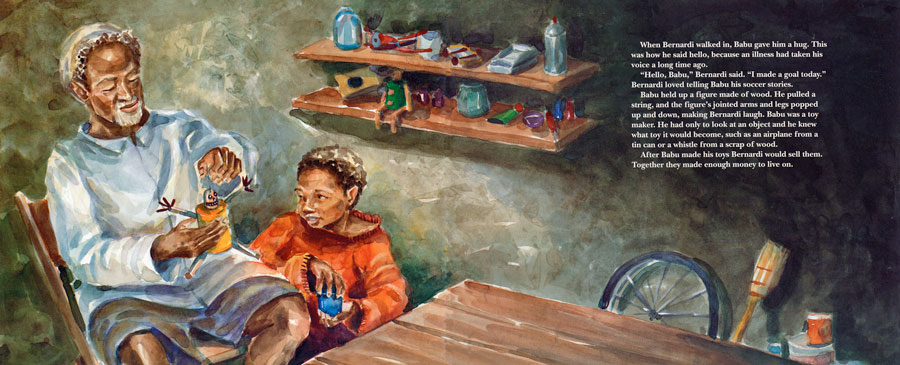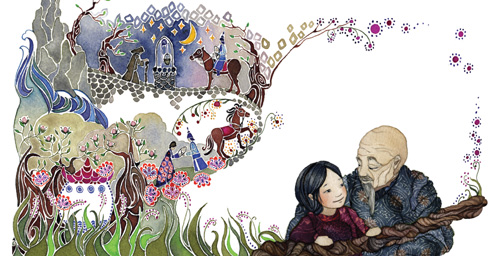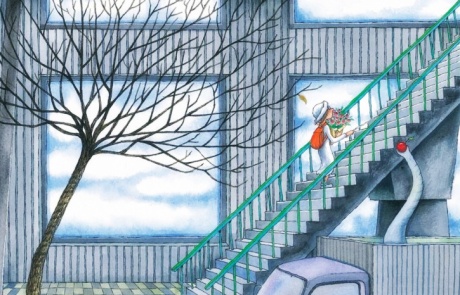 |
| Osip Mandelstam (M.A.Reilly, March 2012) |
Here's the full poem:
We Live, Not Feeling
We live, not feeling the country beneath us,
Our speech inaudible ten steps away,
But where they're up to half a conversation -
They'll speak of the Kremlin mountain man.
His thick fingers are fat like worms,
And his words certain as pound weights.
His cockroach whiskers laugh,
And the top of his boots glisten.
And all around his rabble of thick-skinned leaders,
He plays through services of half-people.
Some whistle, some meow, some snivel,
He alone merely caterwauls and prods.
Like horseshoes he forges decree after decree-
Some get it in the forehead, some in the brow,
some in the groin, and some in the eye.
Whatever the execution - it's a raspberry to him
And his Georgian chest is broad.
I think about Mandelstam and his courage, as well as that of his wife, Nadezhda Mandelstam, who preserved his work at considerable cost. I think of this poet in light of what it means to write and read and how we situate these acts at school. I worry that we are forgetting (perhaps have yet to learn?) that writing is not five paragraph test responses (regardless of those who would elevate such nonsense to a genre), nor is it a race through 10 different genres crammed into a sad map. I wonder what will become of us if these understandings become what writing and reading mean to our children and their children. Who would want to do such things unless forced?
II. Professional Texts
I grow weary of the number of professional texts that are about reading and writing and are poorly written, inaccurate, cite research that seems not to have been actually read or at least comprehended, and make gross assumptions about teaching, learning, and children. Tonight I read a section of a literacy text that will be published in the summer. The author is so grossly misinformed about so many of the topics--that it seems impossible that anyone would publish such nonsense. But it will be published and countless school educators will read it and some will actually act on it. This is the great race through nothing: Every few weeks the students are to read and write some different type of genre. And now that technology needs to be embedded--they are to create films, digital comic books, picture books, short stories, advertisements, legends, fantasy stories, performance works and so on. I think of it as the great units of study scheme.
Such nonsense. When does one dwell? I have lived a half century, authored numerous books, and I could not accomplish the list of writing tasks this author sets out for 10-year-olds. No one has time to breathe, let alone think.
As the book mentions the Common Core a lot, I suspect it may become a best seller. Mores that pity.
III. Embracing Danger
It seems so demeaning to art to tell our children that writing and reading are about testing genres and that text can be understood by listing the literary components of a specific genre (even when the list is erroneous). Whereas this is demeaning to art, it is a spirit killer too. Each time my son comes home with a silly writing task to do or a cereal box response to construct based on a book he was forced to read or a pseudo close reading response log-- I shudder and I think of Mandelstam who died because of the power of the written word. That's what I want my child to understand: that composing are acts of bravery, acts of danger.
Edwidge Danticat (2011) offers an inspiring interpretation of composing. She advises the writer to "[c]reate dangerously, for people who read dangerously." She explains that she has lived by this adage:
This is what I’ve always thought it meant to be a writer. Writing, knowing in part that no matter how trivial your words may seem, someday, somewhere, someone may risk his or her life to read them. (Kindle Location, 181-182).That seems a fair litmus test. Let's ensure our children feel their country beneath them. Resist the recipe book professional texts that insults you by offering to do the thinking for you.
I can imagine an entire literacy curriculum summarized as such:
Create dangerously, for people who read dangerously.
Works Cited
Danticat, Edwidge (2011-09-20). Create Dangerously: The Immigrant Artist at Work (Kindle Location 181- 182). Random House, Inc.. Kindle Edition.















